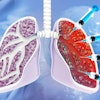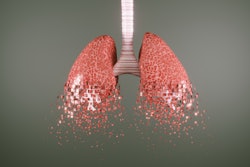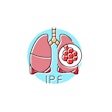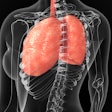
Physicians at the Lewis Katz School of Medicine at Temple University in Philadelphia have developed an innovative screening approach to improve the detection of pulmonary arterial hypertension (PAH). The study, “Novel Automated Electronic Medical Record-Based VEST (Virtual Echocardiography Screening Tool) Algorithm for Pulmonary Arterial Hypertension,” was published in the American Heart Journal.
The novel methodology — the first of its kind in pulmonary vascular medicine — incorporates the virtual echocardiography screening tool (VEST) into the electronic medical record (EMR) system to calculate more precise PAH risk scores.
“Our EMR-based VEST tool proved highly accurate in identifying individuals likely to have PAH,” said lead author Anjali Vaidya, MD, FACC, FASE, FACP, in a press release.
Dr. Vaidya, who is co-director of the Advanced Pulmonary Hypertension, Right Heart Failure & Chronic Thromboembolic Pulmonary Hypertension (CTEPH) Program at Temple University Hospital, said applying the simple, but valuable VEST screening tool into hospital workflows can help diagnose and treat PAH earlier and produce better patient outcomes.
Dr. Vaidya and his team developed the EMR-based VEST algorithm following prior research. Early results found most patients had positive VEST scores more than 200 days before receiving a referral to an accredited pulmonary hypertension (PH) center to confirm PAH diagnosis and begin treatment. These individuals were considered to have a high risk of mortality by this time, he said.
In the most recent study, researchers tested the automated VEST in approximately 5,000 patients who had undergone an echocardiogram. When comparing VEST scores calculated by the algorithm to VEST scores calculated manually, they were able to identify additional patients at high risk of PAH, who were then assessed to determine if they had already received a PH center referral or right heart catheterization.
“Among the highest-risk patients flagged by the tool, degree of PH was severe — but a third had never been referred to a PH specialist,” Dr. Vaidya said.
According to Dr. Vaidya, results of the study confirm the tool’s ability to deliver timely referrals that can save lives. He said he hopes the easily adoptable algorithm will be implemented in other health systems to help advance diagnosis and improve quality of life for PAH patients.























